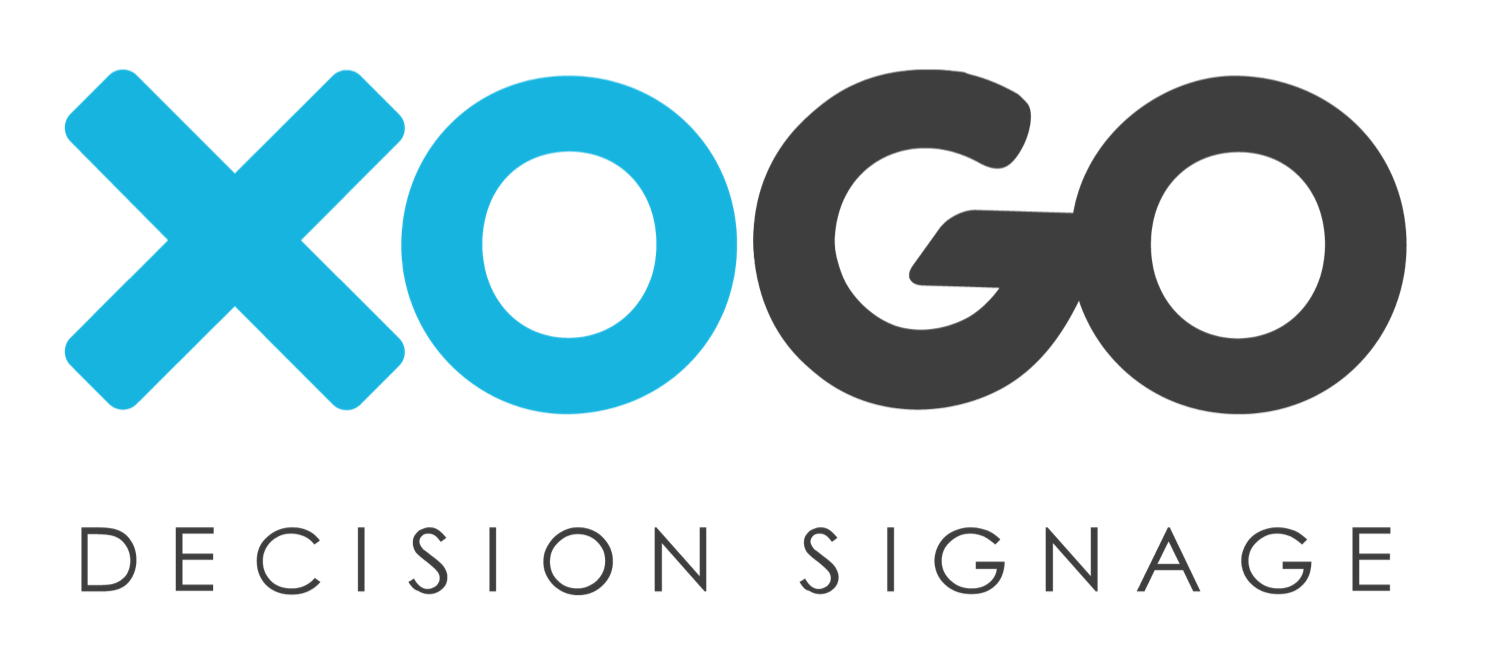Digital Signage Blog
The XOGO blog is your go-to resource for insights, tips, and trends in the world of smart displays and business communication. We’ll share practical how-to articles, industry updates, customer stories, and best practices to help you get the most out of your digital signage.
Media Player Spotlight: Google Chromecast
Google’s Chromecast device first debuted in 2013. At the time, it was simply used for mirroring content from a laptop or mobile device to one’s TV. It couldn’t run native apps like the Fire Stick or Apple TV, so it wasn’t useful for applications like digital signage. In 2020, however, Google released the 4th generation Chromecast. This latest model comes in HD or 4K versions, runs Android 10 and comes with the user-friendly Google TV interface, which lets users install apps like HBO, Netflix, and of course XOGO Player.
Create Beautiful Content with PosterMyWall
PosterMyWall is an industry-leading, online graphic design marketplace. Choose from over 13,000 design templates (both graphics and videos!) that are specifically designed for 16:9 digital signage screens, customize them to your liking and then publish them to your XOGO library.
Case Study: Hub Tap Mobile Event Co.
Based in Florida, Hub Tap is a mobile bartending service for events such as weddings and parties. Hub Tap runs XOGO digital signage on tablet devices, in order to display a customized drink menu for each event.
Media Player Spotlight: Amazon Fire Stick 4k
Since it was first released in 2014, Amazon's Fire Stick media player has been a low-cost way to stream content like Netflix, YouTube and HBO on any screen that has an HDMI input. The Fire Stick is easy to set up and connect to WiFi, and it comes with a free remote control. Fortunately for XOGO customers, the device can also be used as a powerful, affordable digital signage player.
Optimizing Windows for Digital Signage
For enterprise digital signage deployments in corporate environments, or for organizations that need their media players to support custom resolutions and multi-screen video walls, Window PCs remain one of the best hardware options. Let’s examine some of the key considerations when setting up a Windows PC as a digital signage player.
Now Available for BrightSign Players!
Our mission at XOGO is to make digital signage as easy and reliable as possible. We build versions of XOGO Player for many different hardware platforms, so our users can run XOGO on any preferred hardware / operating system, and play their content on any modern TV, tablet or projector. To that end, we are particularly excited to announce that XOGO is now available for BrightSign media players!
Reduce Cable Clutter with POE ⚡️
Digital signage players require Internet connectivity in order to receive your playlists from the cloud, and to play URL-based content like dynamic content feeds. Of course, they also require a power source - but did you know that you can deliver both connectivity and power through a single cable?







